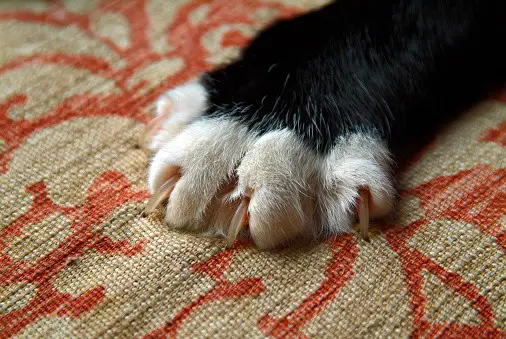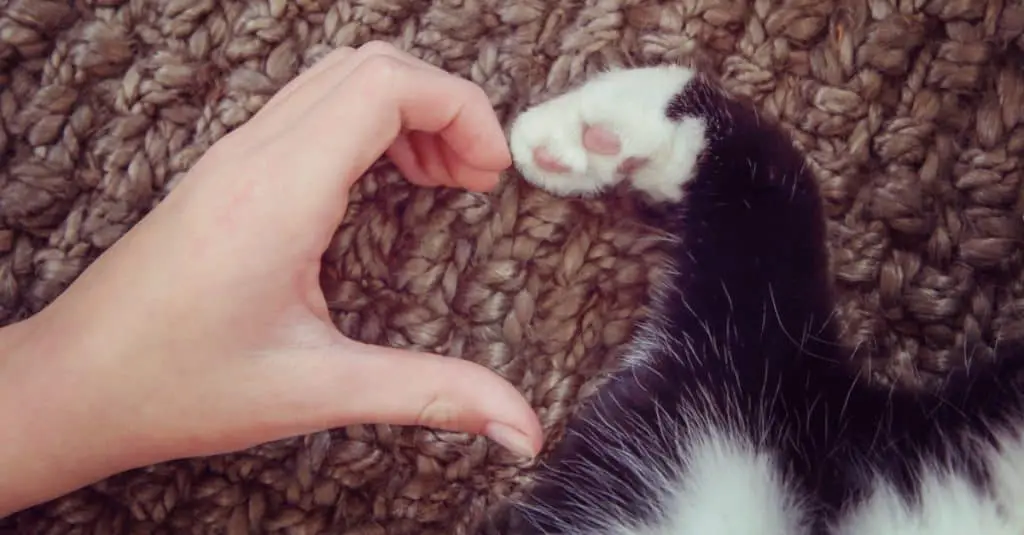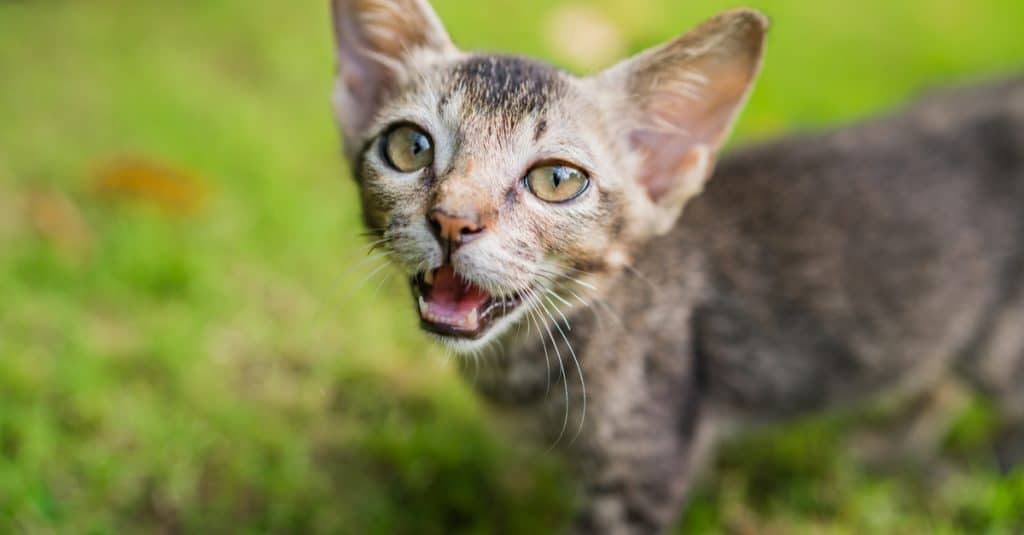Our feline friends are notorious for hiding their pain. It’s one of the tools they’ve developed to keep themselves safe from predators in the wild. As pet parents, though, that instinct can sometimes make it difficult for us to know when there’s a problem until it’s so severe that our cats can’t hide it anymore.
Here’s what to look for and how you can help your feline friend who may be experiencing joint pain and arthritis.
Look for the Signs

Pay close attention to subtle changes in your cat’s behavior that might indicate he’s experiencing pain. This could be any number of things. Your cat might express pain by relentlessly meowing, hissing, purring (yes, cats will purr if they’re in pain!), or even growling. If your kitty starts to behave out of character, chances are he or she could be in pain.
Cats in pain may also change their regular habits. They’ll sleep more (or less) than usual, stop eating, stop using the litter box, and stop grooming themselves. If a specific area is painful, your cat may lick or bite at that area.
You may also notice your cat is hesitant to jump up on things that she used to. Or, she’s slow to jump down from furniture. She may seem stiff or wobbly when she first gets up from a lying position. These are all signs of joint pain.
Risk Factors:

Many people assume that the type of behavior described above is simply their cat “getting older” and don’t realize that their cat is in pain. But, arthritis affects an estimated 1 in 3 cats. Of course, it’s most common in older cats aged 10 years and older. But if you have an overweight cat or a large breed cat, it can affect them at a younger age. If you suspect your cat is experiencing joint pain, you should have him seen by a veterinarian for an X-ray and diagnosis.
Treatment:

If your cat is diagnosed with arthritis, the veterinarian may prescribe medication for your cat. Cats have very limited options when it comes to medications to treat arthritis, and even those are controversial because of the damage they can do to your cat’s kidneys with long-term use. We recommend discussing these options thoroughly with your vet and weighing the risks against the benefits. That said, cats should never be given over-the-counter pain medication, like Tylenol or Aleve – they are highly toxic.
Other treatment options that are available and are widely recommended by many veterinarians are the nutritional joint supplements, glucosamine and chondroitin sulfate. And you can find them already packaged for cats in the correct dosage. In fact, you can also find cat treats that include glucosamine and chondroitin.
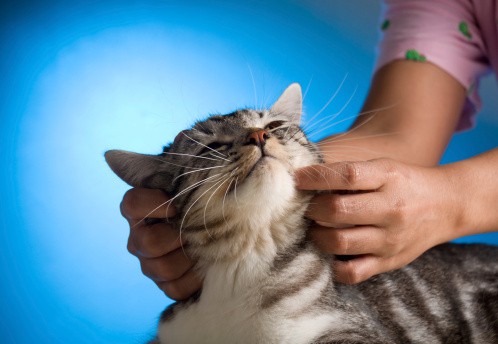
Some pet parents have also claimed to have great results with pet massage, chiropractic care, and acupuncture.
If you have an overweight cat, it is extremely important to put your arthritic cat on a weight loss plan to help alleviate the extra stress on the joints. Check out this article for tips on helping your cat lose weight.
Helping Your Cat at Home:
There are several things you can do at home to make your kitty more comfortable:
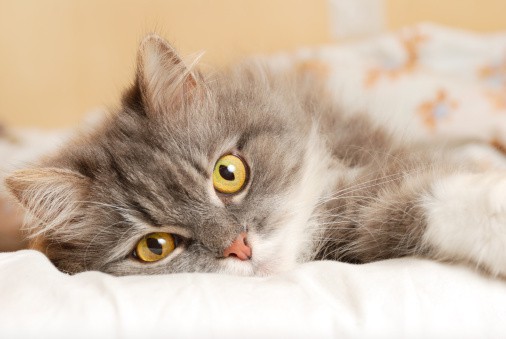
Provide warmth and comfortable sleeping areas: Warmth is especially important for kitties with arthritis, as symptoms tend to worsen in cold weather. If you live in a cold climate, you might consider getting your feline friend a heated cat bed or a self-warming pad to put on his favorite chair.
Exercise: Just like movement is good for us when we feel stiff, it’s good for your cat’s joints to get moving! Some new toys or catnip may be just the thing to get your cat to move around and exercise those achy joints.
Pet Ramp or Steps: If you’re used to your cat sleeping in the bed with you but she struggles to make the jump up, consider getting her a set of pet steps or a ramp so she can comfortably climb onto the bed or sofa and join you where she belongs.

Make Daily Activities Less Painful: Be sure your cat’s litter box and food & water dishes are easily accessible. You may need to get a new litter box with low sides that your kitty can easily walk into. If your cat is having trouble grooming herself, you may need to brush her more often and help her keep herself clean.
Work closely with your veterinarian to work out a treatment plan and watch your kitty carefully for pain. With a few changes and careful observation, your arthritic cat can have a great quality of life.
Did you find this article helpful? Pin it!


